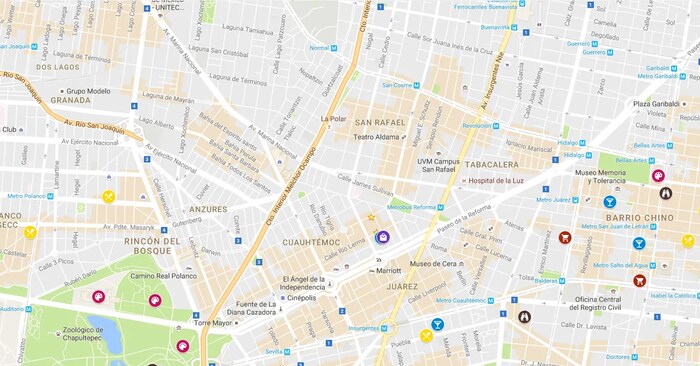Navigational tools are a ubiquitous part of our lives, often seen as objective tools that help us navigate the world. However, as cultural geographer Mike Duggan discusses, maps are far from neutral; they are influenced by power and interests that shape our perception of the world in subtle yet profound ways.
The Illusion of Objectivity
Maps are traditionally viewed as objective representations of the world, providing a ‘view from nowhere’. This is exemplified by the widely used Mercator projection, which places Europe at its center, reflecting a Eurocentric worldview. Despite its distortion of the actual sizes of countries, like significantly reducing the size of Africa compared to Europe, it has become a normalized perspective. This highlights philosopher Donna Haraway’s concept of ‘situated knowledges’, where scientific claims, including maps, are influenced by the perspectives and interests of their creators, rather than being universal truths.
The Power of Design
The design elements of maps, such as color, text, and symbols, play a crucial role in influencing our interpretation. For instance, the way parks are depicted – usually in inviting green – can mask the realities of these spaces, which may vary widely in terms of safety and accessibility depending on the time of day or the people present. These design choices are not neutral but are crafted to convey a specific impression.
The Digital Age: Consolidating Power
With the advent of digital technologies, the influence of navigational tools has grown exponentially. Platforms like Google Maps are driven by commercial interests, prioritizing data that is profitable, such as locations linked to consumer behavior. This selective representation shapes our daily navigation and understanding of space, often diverting attention from what is omitted. The data collected through these platforms is a valuable asset, influencing a range of industries from advertising to autonomous vehicle development.

Traditional Navigational tools in the Digital World
Despite the rise of digital navigational tools, traditional analog navigational tools like the London Underground’s Tube map continue to hold significant influence. They shape our perceptions of cities and facilitate navigation in both familiar and unfamiliar environments. This enduring influence underscores the hidden power of them, which remains largely unacknowledged by the general public. Even those who study them, like Duggan, acknowledge the challenge of fully escaping the inherent biases and selectivity’s in mapmaking.
The Selectivity of Cartography
Mapmaking is an inherently selective process; including every detail on a map is impractical and would render it useless. The expertise of cartographers lies in deciding what to include and what to exclude, a process that is influenced by various factors including cultural, political, and commercial considerations. This selectivity was humorously illustrated by Jorge Luis Borges in a tale about an empire that created a navigational tool at the same scale as its territory, which ultimately proved to be impractical and redundant.
Maps and Geopolitical Perspectives
They often reflect geopolitical perspectives, as seen in the way Google Maps depicts Taiwan as separate from China or prioritizes the toponyms of the Gaza Strip and the West Bank over Palestine. These representations are not neutral but are strategic decisions reflecting the politics and commercial interests of the companies producing them. The portrayal of contested borders and territories on navigational tools by companies like Google and Apple is a clear indication of the underlying political and commercial motivations.
Conclusion: Questioning the Power of Maps
Understanding the power dynamics behind navigational tool making requires us to look beyond the map itself. We need to consider the people, politics, cultures, and technologies involved in the creation and use of navigational tools. This perspective helps us recognize that they do more than represent geographical realities; they influence our perceptions and actions. As map users, questioning the power behind them is essential to develop a more nuanced understanding of how they shape our worldviews and daily practices.
More Like This: Von Trapp Children’s Triumphant Melodies: Celebrating the Inspiring Lives of the 10 Siblings



GIPHY App Key not set. Please check settings